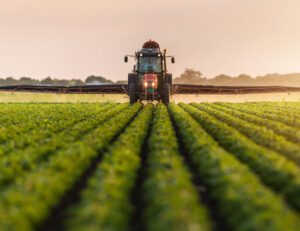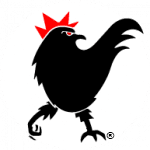07 Feb Reverse 1031 Trade
Reverse 1031 Trade
Rooster Ag’ Real Estate
By now most farmland investors are familiar with a 1031 Trade, where they sell one property, take those funds, and trade them for a farm to defer the capital gain taxes. However, most have yet to learn that this type of transaction can also happen in reverse through what is known as a Reverse 1031 Exchange or Trade.
 During this process, a seller identifies a farm to purchase before the sale/closing of the property they are selling. The IRS provides the structure to perform this action under the same time periods as 1031 Trades, but in reverse fashion.
During this process, a seller identifies a farm to purchase before the sale/closing of the property they are selling. The IRS provides the structure to perform this action under the same time periods as 1031 Trades, but in reverse fashion.
Here’s how it works. The investor identifies a farm they would like to purchase before they close on the property they are selling. The farm is purchased (as a parked property) and held by an Exchange Association Titleholder (EAT). Once the EAT has bought the farm, the investor has 45 days to formally identify the property they are selling to be able to purchase the parked farm. The specified sale property then must be sold/closed, and the replacement parked farm needs to be transferred to the investor within 180 days of the EAT purchase. And there you have it, a successful execution of a Reverse 1031 Trade.
Now, there is one catch. The buyer of the parked farm must have the means to purchase it before they obtain the funds from the sale of their property. This can either be with cash or via a loan. With farm inventory low some investors are opting to this solution to allow them flexibility in grabbing available farms before they have their 1031 Trade funds in escrow.
Are you interested in learning more about this process? Our team of brokers is eager to answer all your questions. Call us today to set up a consultation and discuss how you can benefit from a Reverse 1031 Trade.
Don’t forget to check out our Real Estate page to learn more about all of the services we have to offer.




Sorry, the comment form is closed at this time.